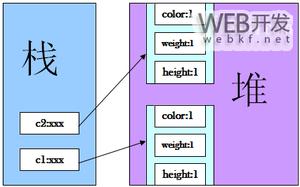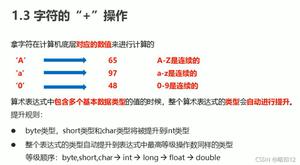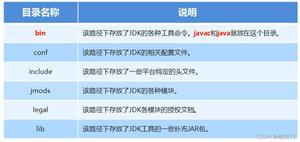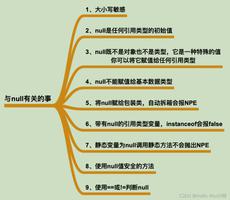JAVA中“==”和equals

A."=="可用于基本类型和引用类型:
当用于基本类型时候,是比较值是否相同;1==2; false;
当用于引用类型的时候,是比较是否指向同一个对象。
B.基本类型int、char、float等没有equals方法,equals只比较值(对象中的内容)是否相同(相同返回true)。
C.一般的类,当没有重写equals方法时,equals()方法与“==”作用是相同的;
D.对于String类较为特殊:
String a = "abc"; String b="abc"; a==b 返回true,a.equals(b)返回true, 因为abc放在data区域;
String a = new String("hello"); String b=new String("hello"); a==b是false(指向不同对象), 而a.equals(b)返回true(对象内容相同);
E .更一般的,当equals()被重写时,往往用于对象的内容是否相同,请看下面的例子:
1 public class TestEqual{ 2 public static void main(String[] args)
3 {
4 Cat c1 = new Cat(1, 2, 3);
5 Cat c2 = new Cat(1, 2, 3);
6 Cat c3 = new Cat(2, 2, 2);
7 System.out.println(c1 == c2);//返回false 不指向同一个对象
8 System.out.println(c1.equals(c2));//返回true 对象内容相同
9 System.out.println(c1 == c3);//返回false 不指向同一个对象
10 System.out.println(c1.equals(c3));//返回false 对象内容不同
11 }
12 }
13
14 class Cat
15 {
16 int color;
17 int height, weight;
18
19 public Cat(int color, int height, int weight)
20 {
21 this.color = color;
22 this.height = height;
23 this.weight = weight;
24 }
25
26 public boolean equals(Object obj)
27 {
28 if(obj == null) return false;
29 else{
30 if(obj instanceof Cat)
31 {
32 Cat c = (Cat)obj;
33 if(c.color == this.color && c.height == this.height && c.weight == this.weight)
34 {
35 return true;
36 }
37 }
38 }
39 return false;
40 }
41
42 }
以上是 JAVA中“==”和equals 的全部内容, 来源链接: utcz.com/z/391604.html









